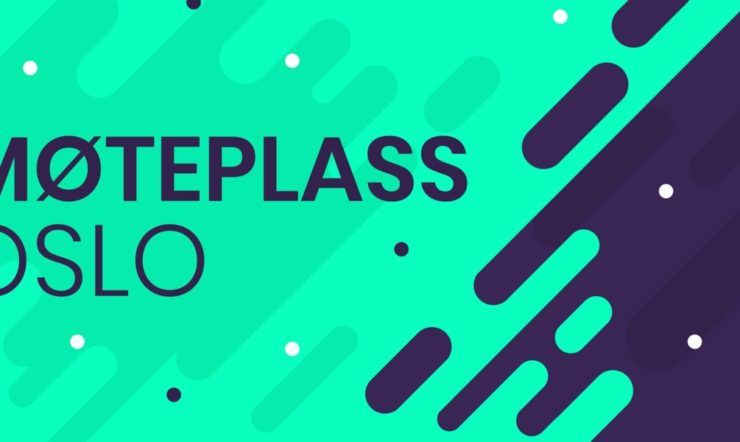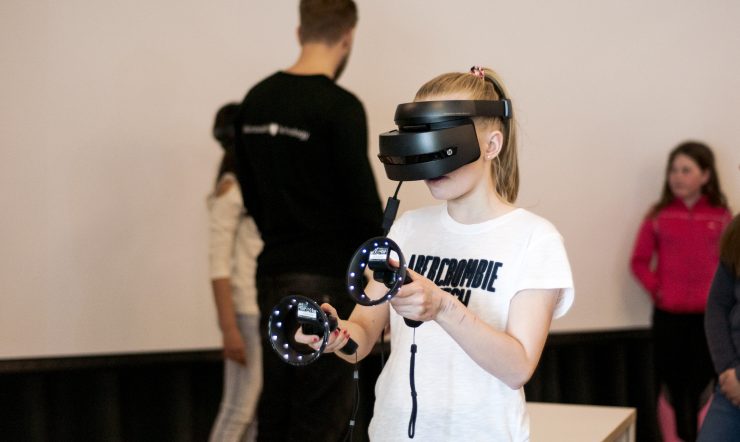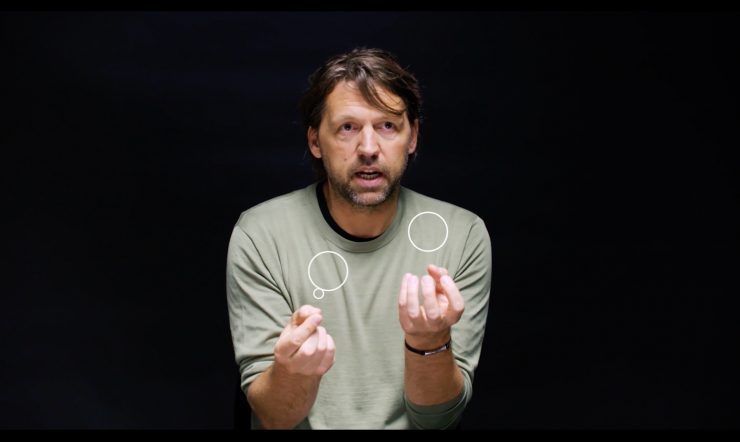The keyword that determines successful collaboration between start-ups and enterprises is trust.
Sopra Steria Scale up and Microsoft for Startups assembled 35 start-ups and enterprises in October 2019, which they invited on a cruise ship to Copenhagen to discuss innovation. The very first “Open Innovation Cruise” in Northern Europe was organized to gain a better understanding of how to achieve successful collaboration between start-ups and enterprises to achieve innovation.
— By getting enterprises and start-ups together and allowing them to have open discussions, we hoped to gain a valuable insight into achieving better collaboration and an increased understanding of why we need one another, says Tobias Studer Andersson, who is the Head of Sopra Steria Scale up in Scandinavia.
In the past, a lot of innovation within enterprises took place in-house—let’s call it the ego-system—where they thought they could meet all challenges on their own. Now, several organizations are considering the opportunities that open innovation represent. Henry Chesbrough, a renowned American organizational theorist who coined the term open innovation, defines open innovation as follows:
Open innovation is “the use of purposive inflows and outflows of knowledge to accelerate internal innovation, and expand the markets for external use of innovation, respectively”[1].
— We believe that a lot of the external expertise that can create future innovation for enterprises comes from start-ups, says Silje Gulbrandsen, Team Lead in Microsoft for Startups Norway, and continues:
— For that reason, we wanted to learn more about experiences that have been gained from already established collaboration between start-ups and enterprises. We could then figure out what works and what is not working. One objective of the cruise was that all parties would gain a better understanding of each other’s challenges and priorities.
Communication and mutual understanding
For open innovation and collaboration to be successful, certain elements must be in place. The most important ones are good communication, and mutual understanding. Start-ups generally have technology solutions that they believe are a perfect match for a customer, but start-ups have to understand that enterprises have internal processes for establishing new partnerships or acquiring new technology. These processes can be long or short, depending on each company’s policies. In addition, the technology solution should ideally complement the existing IT-strategy and, possibly, an established, complex application portfolio.
Moreover, be it a public or private enterprise, they must be aware that time is a scarce resource for a start-up. A start-up must always consider what gives the best return on the time invested in a potential customer.
Some of the most interesting findings from our cruise were:
- If the technology solution is not a match, enterprises should let the start-up know as soon as possible, so that the start-up can focus on other potential customers
- If it is not a match, it is important to give and ask for feedback to ensure mutual learning going forward
- A successful partnership is based on previous business cases that were a win-win for all parties.
- Start-ups and enterprises should work closely together, and develop a culture where they work towards a defined objective
- Start-ups need good insights into, and an understanding of the customer, and its industry, and should not just focus on their own technology
Trust is key to achieve successful collaboration
— If the innovation eco-system is to work, we believe that a good first step for the parties involved is to be cognisant of each other’s priorities. They need to know and understand why these priorities are important. Based on our experiences, the most successful collaboration between start-ups and enterprises happens when both parties know how to best complement each other and create value for the other party through win-win situations, Studer Andersson concludes.
Trust is the key in daring to use expertise from outside one’s own organization and taking steps to innovate together with other business partners. An understanding of each other’s strengths and challenges as well as the ability to communicate and establish a good dialogue, will build trust. Trust ensures a good partnership, and a good partnership facilitates open innovation. Subsequently, an eco-system, rather than an ego-system, becomes the focus.
| Tobias Studer Andersson
Head of Sopra Steria Scale up Scandinavia |
Silje Gulbrandsen
Team Lead Microsoft for Startups Norway
Product Marketing Manager Customer Success |
[1] http://openinnovation.net/about-2/open-innovation-definition/











